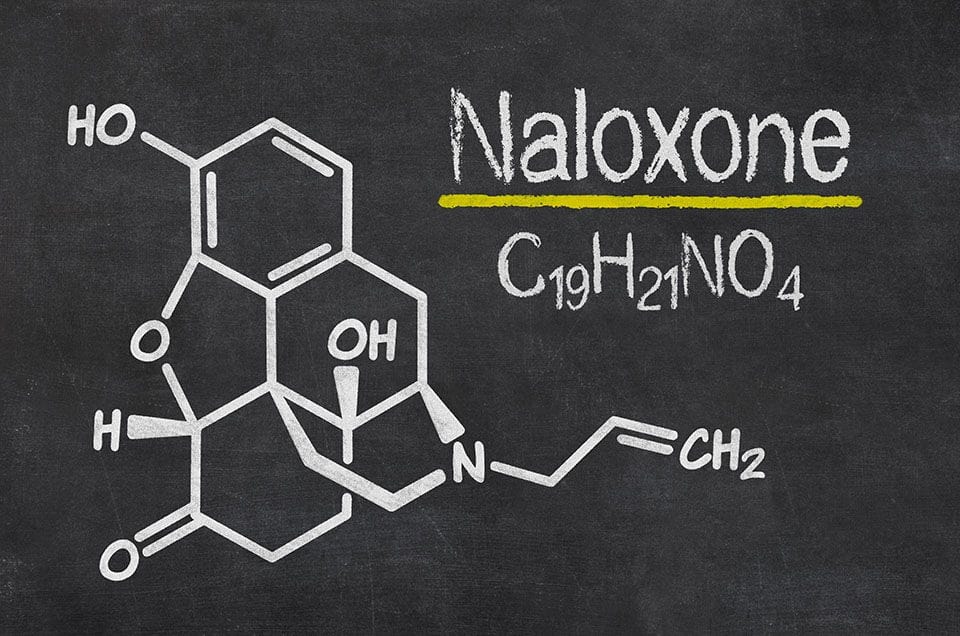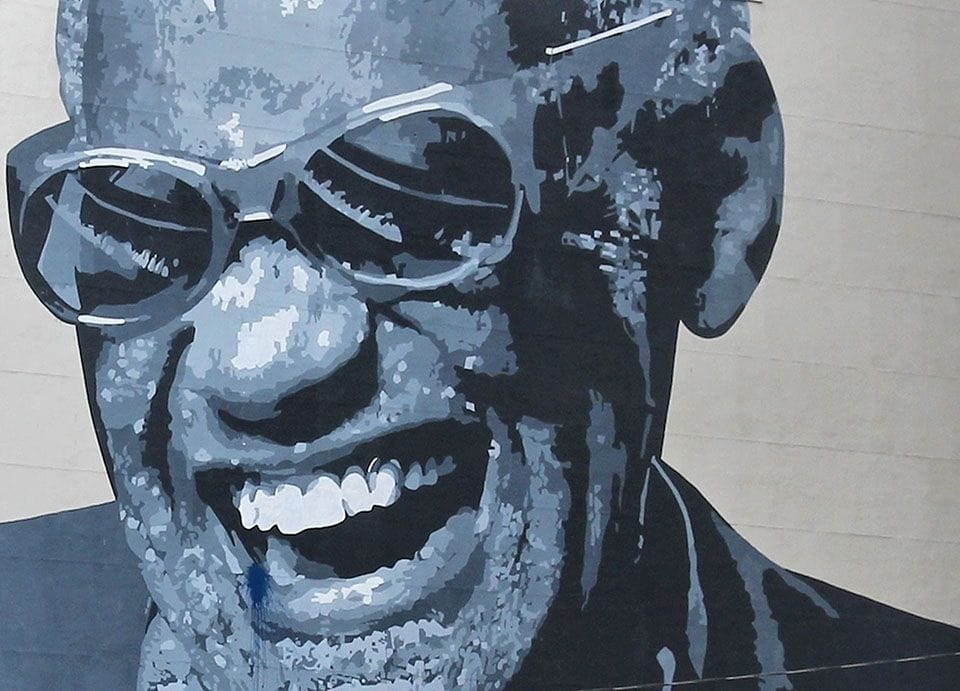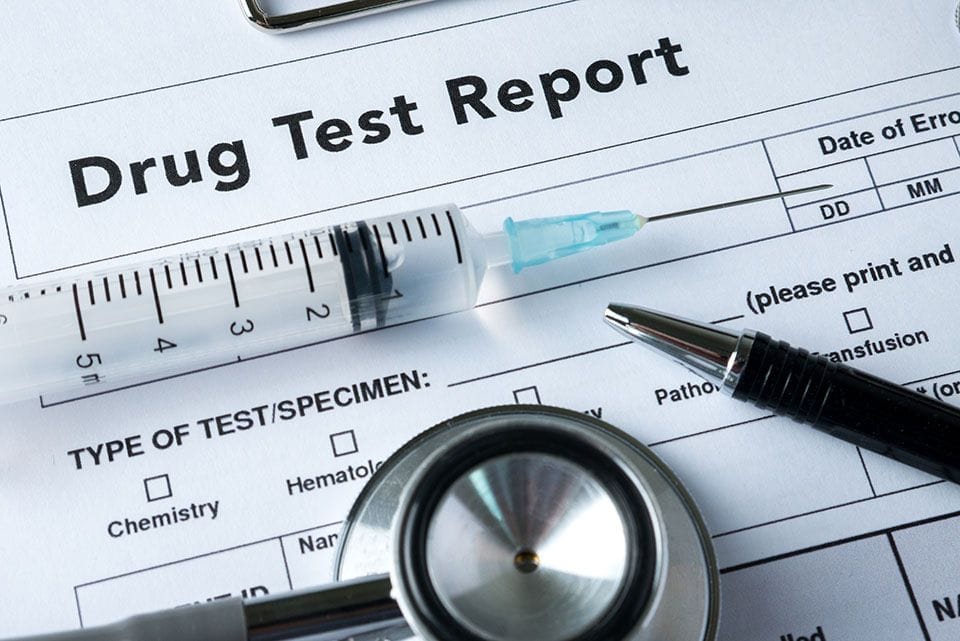In response to a worldwide epidemic of opioid overdose, the World Health Organization (WHO) has issued new guidelines designed to help increase the availability of the anti-overdose drug naloxone. This drug is one of more than 200 pharmaceutical medications currently included on the WHO’s Model List of Essential Medicines based on its life-saving potential, lack of side effects and relative ease of use.
Excessive amounts of heroin, oxycodone, morphine or any other drug from the opioid class can suppress the activities of the central nervous system, the respiratory system and the blood circulatory network, leaving users in a precarious state that could ultimately lead to death. If administered in time, naloxone can reverse these effects, restoring the body’s equilibrium by preventing the opioid from attaching to the brain receptors it targets. Naloxone is known as a pure opioid antagonist, which means it not only binds to opioid receptors, it prevents them from being activated by other drugs.
The WHO notes that 69,000 people die each year from opioid overdose, despite the fact that its symptoms can be negated if naloxone is given to victims soon after signs of distress become apparent. Paramedics and hospital emergency room personnel usually have supplies of naloxone on hand, but the WHO is recommending that opioid users and their friends and family members also be given access to the drug, along with instructions on how to safely administer it. Depending on its form, naloxone can be injected or inhaled, and advanced medical knowledge is not required to deliver it into the bloodstream quickly and efficiently. The WHO also believes social workers should have access to the drug since they deal up-close-and-personal with people going through difficult life situations that are often complicated by drug abuse.
Naloxone in the United States
Naloxone has been in use in the United States since 1971, and it has had a positive impact. The U.S. Centers for Disease Control and Prevention report that more than 10,000 opioid overdoses were counteracted by naloxone between 2006 and 2010 alone, when it was distributed to more than 53,000 people showing some symptoms of drug-related distress.
This shows what the drug can do but does not reveal what it could do, according to knowledgeable observers who believe that naloxone has been badly underutilized in this country. Doctors and pharmacists have the right to prescribe it in many instances but don’t realize it, and as a result patients who might benefit from having their own supplies of naloxone are not given that option. Some regulatory obstacles do still exist that prevent naloxone from being more widely prescribed, and 23 states and the District of Columbia have now passed laws designed to make it easier for medical care providers to get naloxone into the hands of those who need it. In addition, 15 states have instituted community-based programs that purchase supplies of the drug and distribute it at the grassroots level.
Cost has been another barrier that has kept naloxone from being used more frequently. Because the market for the drug has remained small, its price here has remained prohibitive, and several domestic manufacturers have dropped out of the market as profit margins on naloxone sales have been hard to maintain. More private and public programs designed to boost supplies would help to remedy this problem by pushing the demand curve for the drug upward, but high prices make it harder to find the funding necessary to get such initiatives off the ground.
World Health Organization to the Rescue?
It remains to be seen if the WHO’s attempt to influence policy on this issue has an impact. International organizations don’t have much of a say in what occurs inside national borders, and they have no authority to enforce their recommendations. But any public discussion that draws attention to naloxone’s ability to counter opioid overdose can only be considered a good thing, given the fact that opioid abuse (especially the misuse of prescription painkillers) kills more people than cocaine, methamphetamine, LSD and ecstasy combined.
Naloxone could prevent tens of thousands of deaths each year worldwide, above and beyond the effect it is already having. If the WHO’s suggestions for change gain traction, it will be a welcome development indeed.



